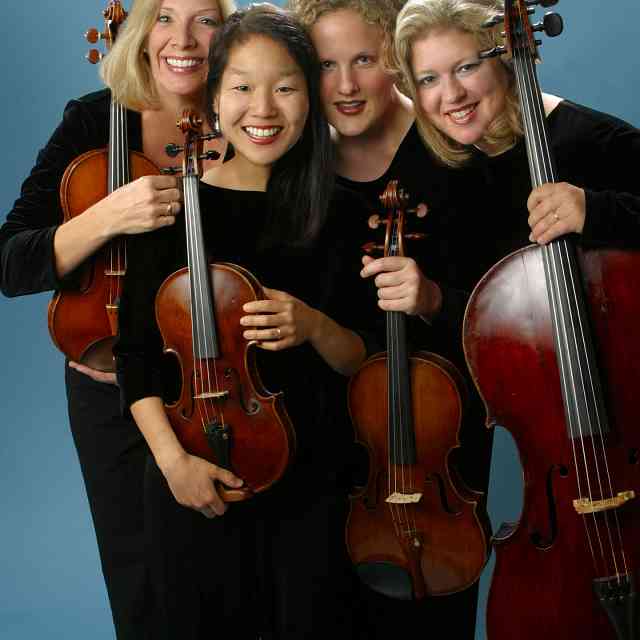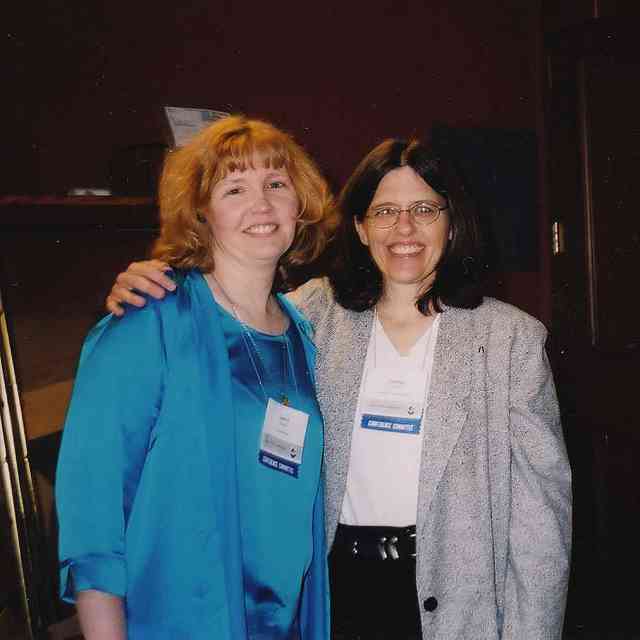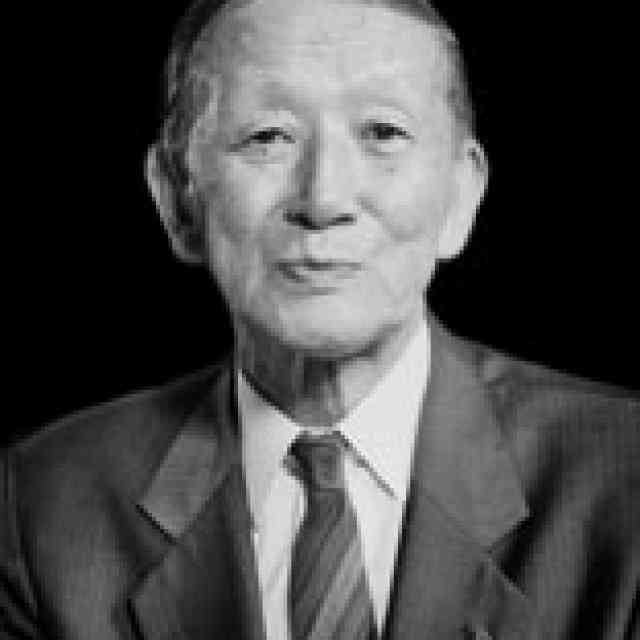Year 2008 has been designated by the Japanese Suzuki teaching community as the Shinichi Suzuki 10th Anniversary Memorial Year. Concerts and ceremonies are being held throughout the year at various locations in Japan to commemorate Dr. Suzuki’s birth, death and legacy. I was deeply honored to be one of three teachers from America invited to participate in the Shinichi Suzuki Memorial Concert in Tokyo on March 28th. The others were Nicholas Kendall, violinist from Philadelphia and Takeaki Miyamae, flutist from Pittsburgh. We were invited to Japan for a week to teach master classes and group lessons, to rehearse and direct the various large group performances and to perform on the concert ourselves.
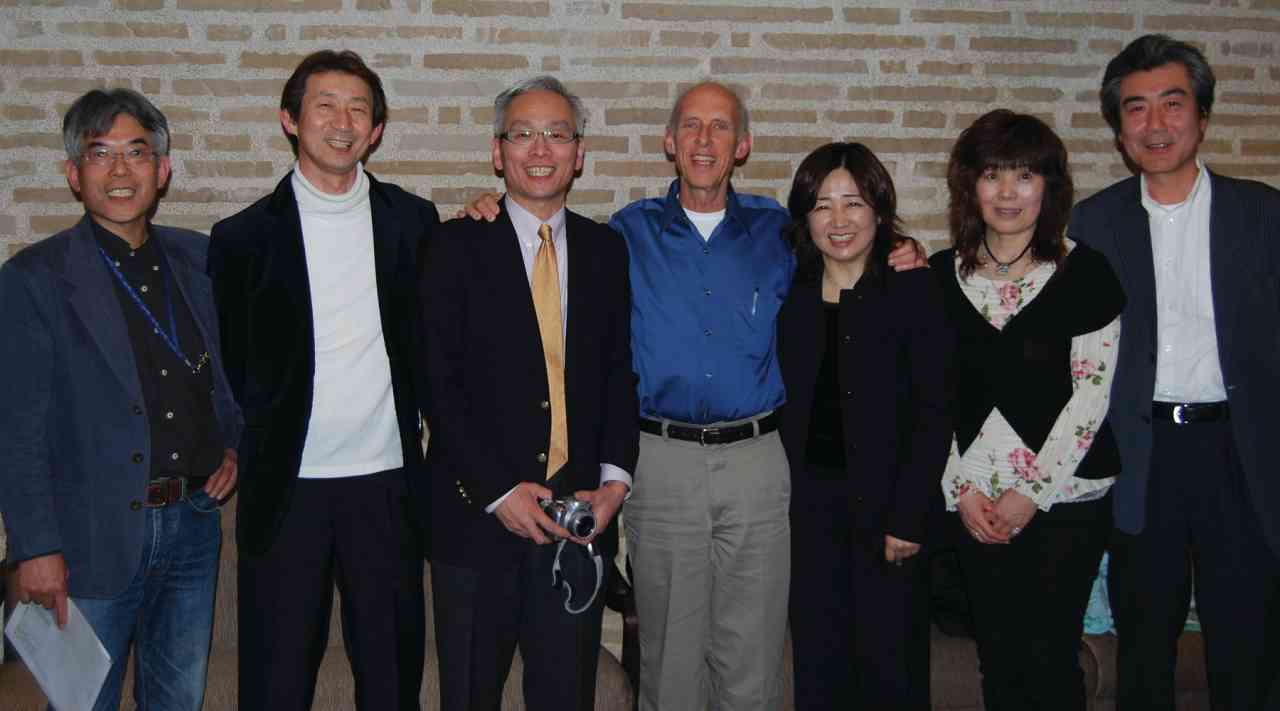
Japanese cello teachers with Rodney Farrar.
My invitation came from Mr. Yoshiko Terada, Suzuki cello teacher from Tokyo and Mr. Naoki Matsui, violin teacher and Executive Committee Chairman for this auspicious event. I was later to find out to my delight that their interest in my coming to Japan was initially sparked by FAT NOTES CELLOBRATION, a CD I created several years ago and which apparently, along with its companion book, is used by a number of Japanese cello teachers in their teaching studios. They had programmed several of the cello choir arrangements from the CD for this concert and were excited that I might come and direct them myself! Wow! Yoshi’s dream, along with recommendations from a couple of colleagues, made this trip a reality for me. To these wonderful friends I am truly grateful.
At the invitation of Mr. Akira Nakajima, arrangements were also made for me to attend a graduation recital and ceremony and to present a one day workshop for his cello students in Nagoya. There I was able to indulge in some of my clapping-counting-singing-dancing-“Old Mac Cello” (in Japanese!) improv routine. It was fun and I think most of the kids liked it a lot.
I was glad to travel to Japan with my wife, Sharon and daughter, Sierra. Dr. Suzuki’s ideas have had a strong impact on our lives and the chance to be part of a commemoration in his own country held special meaning for us. For Sierra this was the opportunity of a lifetime, to play her violin in this concert as a special guest, to experience a different culture and to forge a couple of new friendships. I saw her jabbering, giggling and doing origami for two days running with a couple of girls about her age, children of two different local violin teachers, who spoke no English and she, no Japanese. I wondered what they were saying. I guess it didn’t matter. That was a thrill for me to watch.
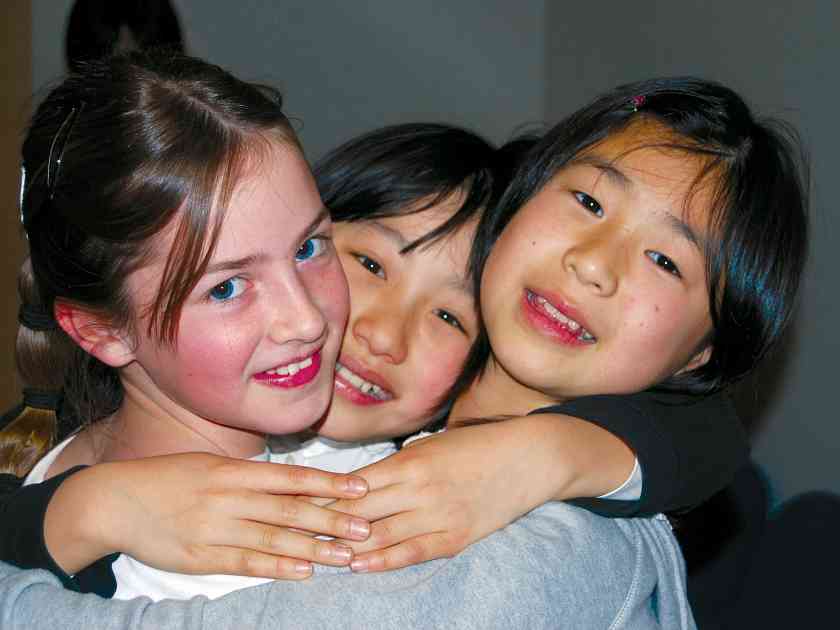
Sierra and friends in Japan.
Hospitality
We were advised that we would be treated like royalty by our Japanese hosts but what we experienced exceeded any expectations. From our initial meeting at the airport, Yoshi Terada was the consummate host, attendant to every need and sensitive to any possible discomfort about the language barrier. He helped us in and out of hotels and drove us quickly through the streets of Tokyo to various teaching venues. He prearranged everything from a special sight-seeing trip for Sharon and Sierra to fabulous nightly dinners. He purchased our tickets for the bullet train to Nagoya and led us by the hand through what would have been a bewildering Tokyo Station. He did it all with enthusiasm, a big smile and a great sense of humor. No words can express the depth of our gratitude.
The hospitality continued in Nagoya with a warm reception, many gifts, wonderful food and a memorable experience of Japanese culture at a natural hot spring hotel. Many, many thanks to Nakajima sensei.
I also had use of a wonderful old French cello and a great French bow lent to me by a longtime friend, Hirofumi Kanno. When I contacted Hiro to tell him I was coming to Japan his very first comment was, “Wouldn’t you like to use one of my cellos while you are here?” That cello was fantastic and made the playing easier and even more fun. Thanks again, Hiro.
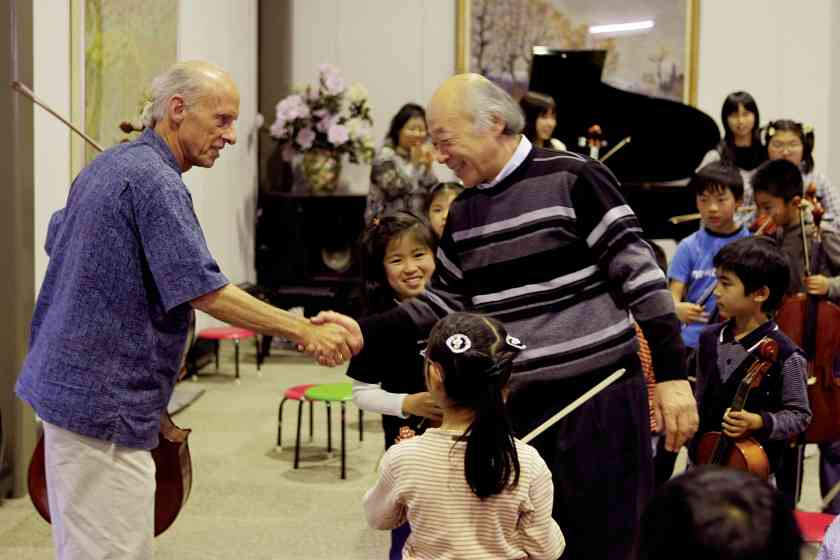
Rodney Farrar at Nagoya Workshop with Akira Nakajima.
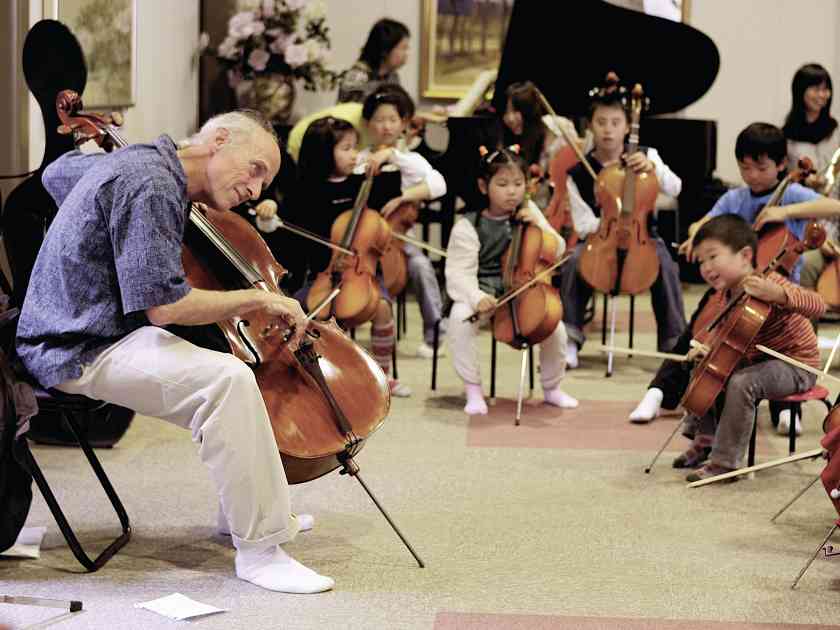
Rodney Farrar at Nagoya Workshop in Japan.
The Young Cellists
A few weeks before the trip Gilda Barston told me that I should expect to hear some great cello playing from the Japanese students. Her prediction was an understatement. From Popper Hungarian Rhapsody, Saint-Saens Concerto, and Arpeggione Sonata in master classes to a group performance of Boccherini Concerto, much of the playing was dazzling. The big cello choir piece for Tokyo was the beautiful Julius Klengel Hymnus, written for 12 cellos, performed by a group of 27, some of them very young but brilliant. I was gratified to have them take my suggestions so seriously although they were well prepared. The entire cello group numbered around 80, many of them very, very small. Even the tiniest kept up with Rick Mooney’s “Cabbages,” my folk song arrangements and the “Twinklebell Canon.” French Folk Song was the hit of the day.
Upon witnessing so many kids, so young, playing at such a high technical level, the inevitable question occurred to me, “How do they do that?!” The answer seems not as much to do with pedagogy as with a culture in which teachers are generally revered, parents respected, and where dedication to accomplishment is a high priority.
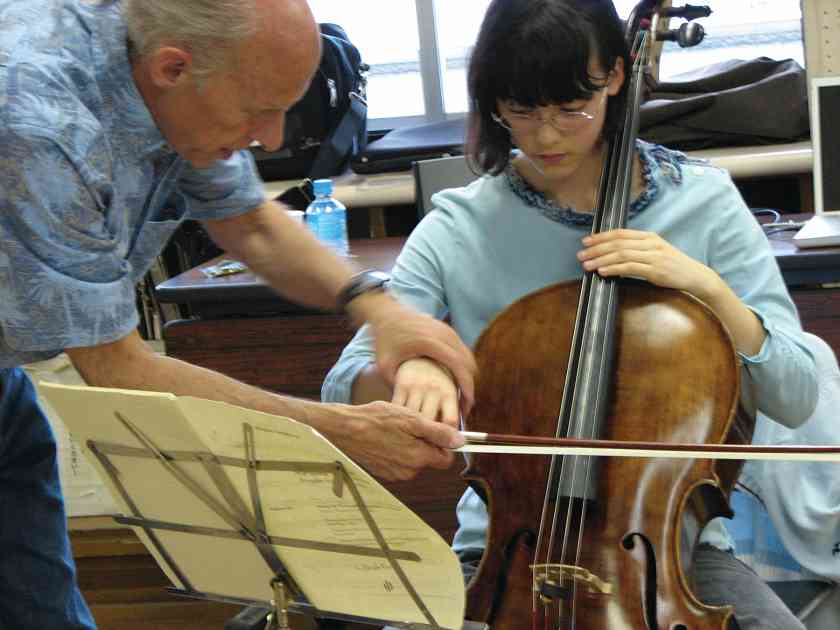
Rodney Farrar instructing a masterclass cello student.
What I Was Able to Give
One thing about the whole Japan experience that surprised and touched me was the eagerness and sincerity with which my opinion about Suzuki teaching was sought. I was scheduled for some long interviews with people from two different magazines. And even in more casual conversations with our hosts the same questions kept coming again and again: when did I first meet Dr. Suzuki, what were my impressions on meeting him for the very first time, what do I think about Suzuki teaching, what is the main purpose of Suzuki teaching, do I think Suzuki teaching works well, how would I define Suzuki teaching, and finally, is there some new direction I thought Suzuki teaching might take in the future? The Japanese Suzuki community clearly wanted to know what American teachers think. This made me think deeply about what I believe.
I know that Suzuki teaching, simply put, is nothing more than well organized, knowledgeable teaching with constant attention to good basics and technical detail presented in a positive way with compassion and love. Its purpose is that the kids be happy. That’s all.
As for that last question, about possible future directions, I think my answer was helpful and received with sincere enthusiasm. I believe that Suzuki kids, more than anyone, should be good at some free play improvisation in their lives because they already play so well by ear. Free improvisation as part of their daily routine might be just the thing to launch them to new levels of personal expression and joy in their music making.
The purpose? Even happier!
I want to thank all of the teachers in Japan who worked hard to prepare the students for this important event. It was a privilege to join them in honoring Dr. Suzuki. The trip was an adventure my family and I will never forget.

